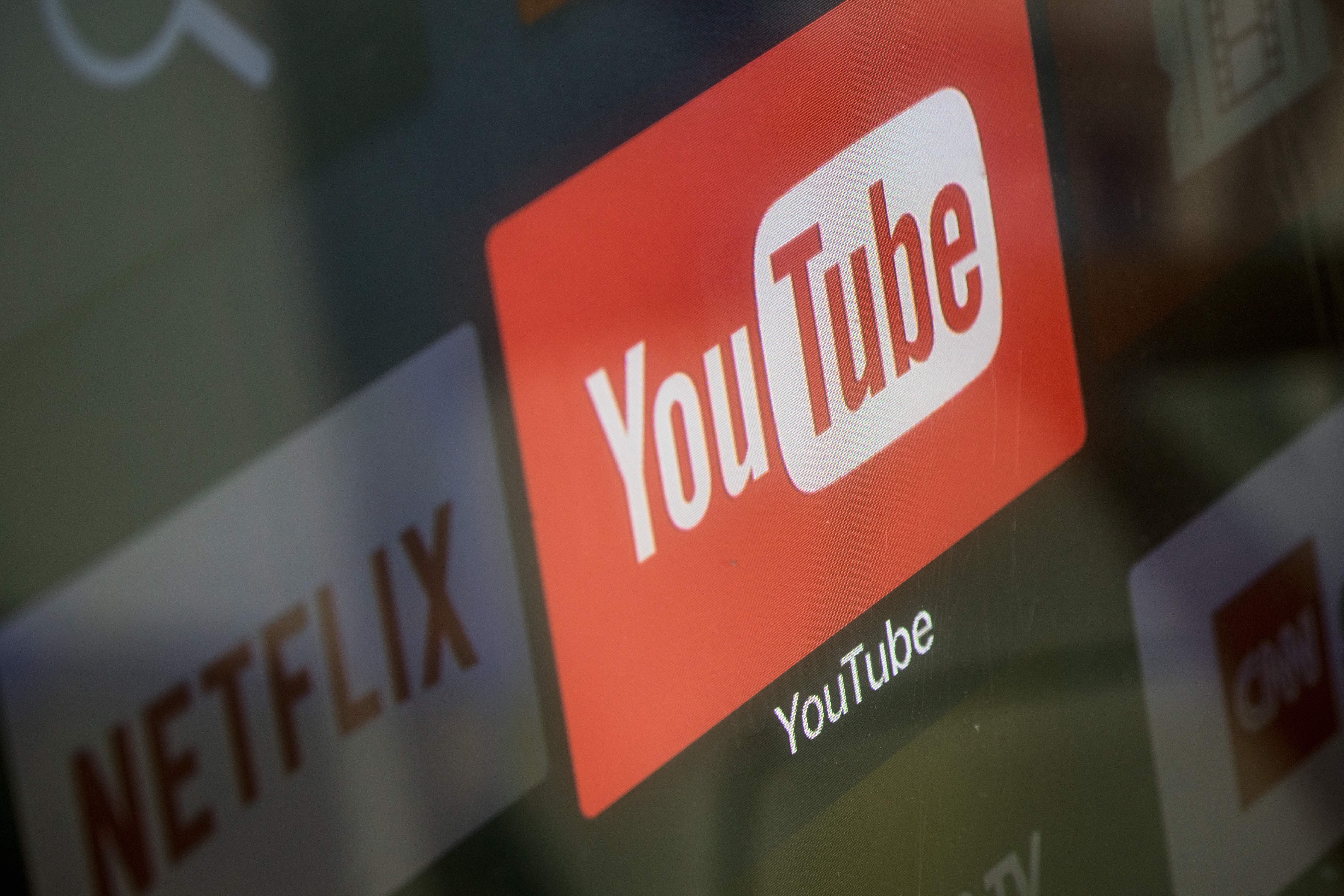
What pranks will be banned on youtube?
- Select a language for the TTS:
- UK English Female
- UK English Male
- US English Female
- US English Male
- Australian Female
- Australian Male
- Language selected: (auto detect) - EN
Play all audios:

YouTube has announced that it is banning videos depicting dangerous pranks, amid a flood of clips on the platform showing people inadvertently hurting themselves or others. The video
streaming site, owned by Google, updated its community guidelines this week in order to include a ban on so-called challenges that present “a risk of serious danger or death, and pranks that
make victims believe they’re in serious physical danger, or cause children to experience severe emotional distress”. “We don’t allow pranks that make victims believe they’re in serious
physical danger - for example, a home invasion prank or a drive-by shooting prank,” continues a statement on the site’s FAQ section. SUBSCRIBE TO THE WEEK Escape your echo chamber. Get the
facts behind the news, plus analysis from multiple perspectives. SUBSCRIBE & SAVE SIGN UP FOR THE WEEK'S FREE NEWSLETTERS From our morning news briefing to a weekly Good News
Newsletter, get the best of The Week delivered directly to your inbox. From our morning news briefing to a weekly Good News Newsletter, get the best of The Week delivered directly to your
inbox. This includes pranks where someone is tricked into thinking they are in severe danger, even if no real threat existed, the BBC adds. Tech news site Android Central says the
announcement comes after a teenager in Utah crashed a car while doing the “Bird Box Challenge”, which involves people undertaking everyday tasks while blindfolded. Last year the “Fire
Challenge” saw people putting flammable liquid on their bodies and then igniting it, while a “Tide Pod Challenge” involved participants biting or chewing laundry detergent pods, which
contain bleach. The challenges were taken on by some of the platform’s most popular content creators, with some of the resulting videos racking up millions of views. YouTube pledged to crack
down on harmful content last April, when the company said it would develop “better tools for detecting inappropriate and misleading metadata and thumbnails so we can take fast action
against them”. But a recent investigation by Buzzfeed found that dodgy videos showing graphic images of beastiality were still easily accessible on the platform. Tech site Gizmodo suggest
the platform’s moderation team is “overwhelmed by the sheer amount of content on it”, making regulation difficult. Explore More YouTube In Brief
